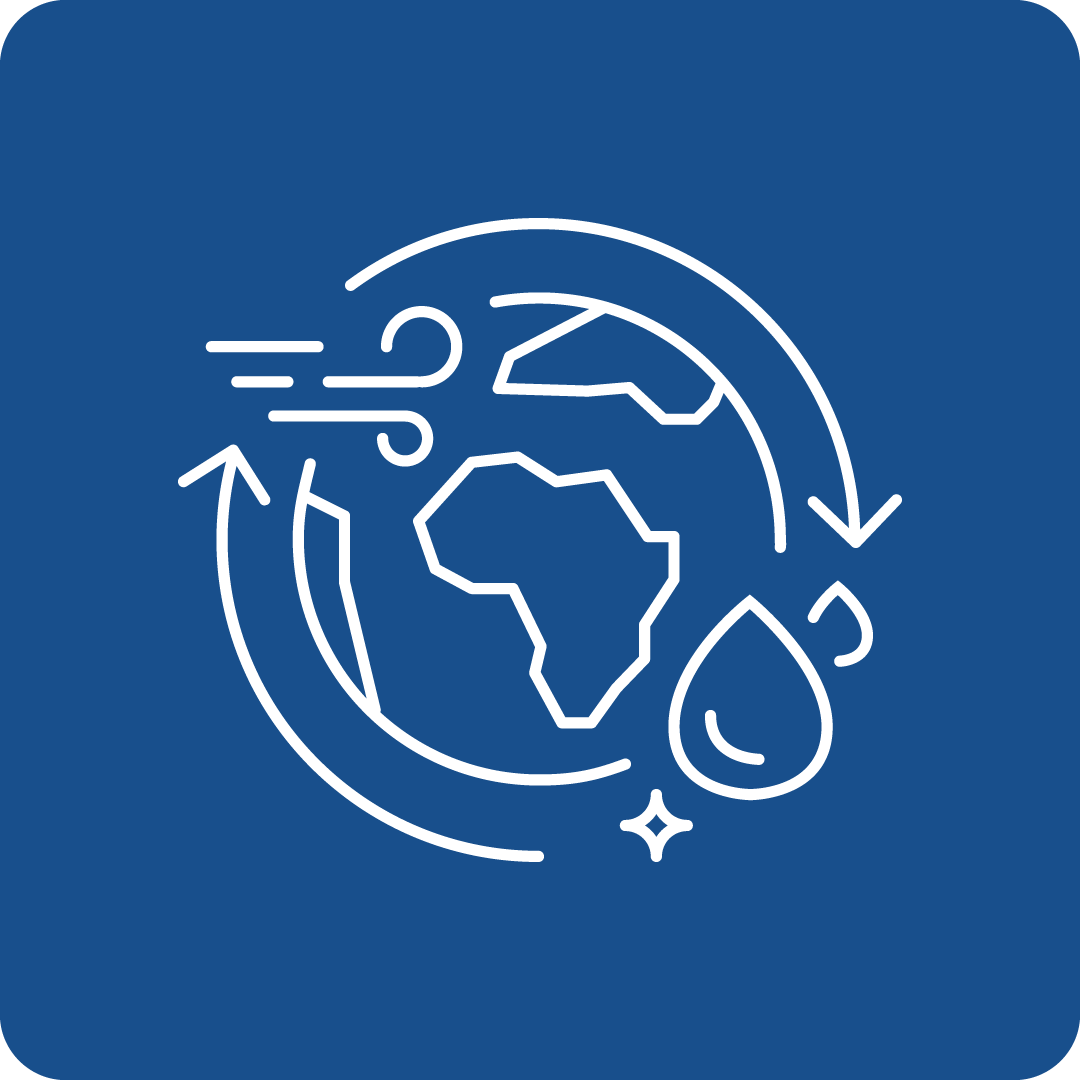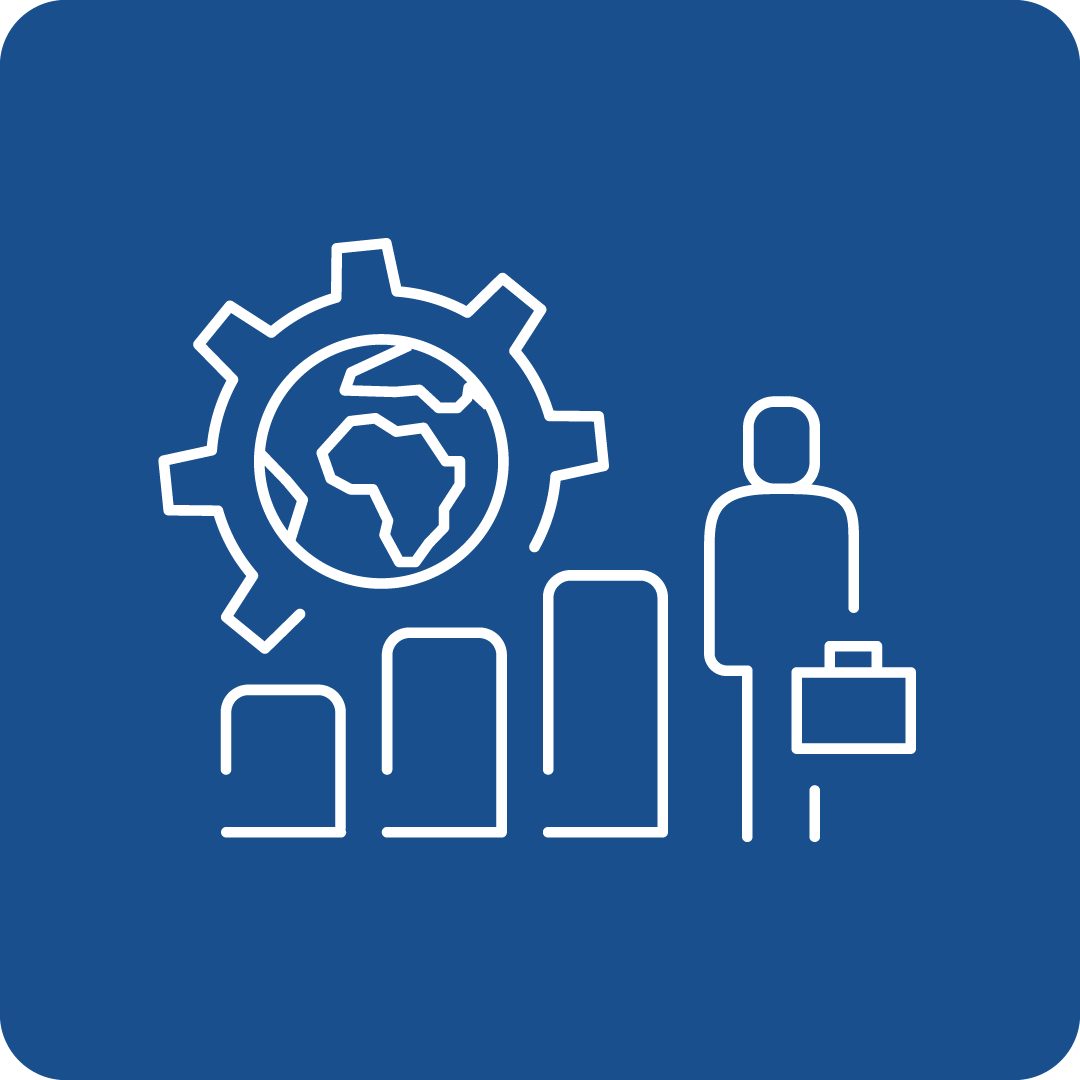Filter Search for grants
Call Navigation
Deadline expired
The deadline for this call has expired.
Call key data
Bioinspired and biomimetic materials for sustainable textiles
Funding Program
Horizon Europe: Cluster 4 - Digital, Industry and Space
Call number
HORIZON-CL4-2023-RESILIENCE-01-32
deadlines
Opening
08.12.2022
Deadline
07.03.2023 17:00
Funding rate
70% (NPO: 100%)
Call budget
€ 31,000,000.00
Estimated EU contribution per project
between € 6,000,000.00 and € 8,000,000.00
Link to the call
Link to the submission
Call content
short description
This topic refers to the innovation market for Sustainable Textiles and will support citizens and their needs.
Call objectives
Europe’s textile sector, its technology providers and research community are world leading. The most technologically advanced textile products are being manufactured in Europe and new manufacturing value chains such as technical textiles, in the 1990’s and early 2000’s are developed in Europe first.
Several materials specifications and related innovations needs will support this topic such as renewable and recyclable materials, alternative active ingredients, design for circularity.
Proposals should address at least three of the following activities:
- Bio-inspired and biomimetic polymers for use as smart textile materials will provide improved functionalities, e.g. for outdoor use.
- The molecular functionalities of natural polymers, and their macromolecular structures and properties, provide inspiration for designing different classes of high-performance polymeric materials that aim to reproduce specific functions of natural polymers, such as adaptability, self-healing, adhesiveness, surface super-hydrophobicity, chiral recognition, and bioactivity.
- Biodegradability and recyclability of polymers will be a factor, so the consideration of natural polymers, such as polysaccharides, proteins, lignin-based polymers and composites could be a pathway. This is expected to translate into lower GHG-emissions in the textiles value chain, as well as reducing landfill waste volumes.
- Projects must prove scalability of biomimetic materials for the manufacturing process of smart fabrics and sustainable textiles.
- To enable a fast development of new advanced materials, digital tools such as modelling, simulation and characterisation techniques (including those provided by analytical infrastructures) are under the scope, assisted by advanced methods, e.g. physics-based methods, machine learning or artificial intelligence.
Dovetailing with digital technology, e.g. sensors, is encouraged.
Materials and products should be developed under Safe and Sustainable by Design framework[2] taking into account circularity aspects, and with prognostic and product health management to ensure product and system reliability.
Proposals submitted under this topic should include a business case and exploitation strategy, as outlined in the introduction to this Destination.
Projects should build on or seek collaboration with existing projects and develop synergies with other relevant European, national or regional initiatives, funding programmes and platforms.
read more
Expected results
- The innovation market of sustainable textiles requires the use of a new generation of renewable and recyclable materials designed with properties that are inspired by nature.
- Bioinspired and biomimetic advanced materials that do not require or limit the need to use chemical additives or coatings will have a positive impact on the environment, the climate, and the circularity of textile materials, in view of the Safe and Sustainable by Design Framework.
- Smart functions or functionalities of textiles will address future consumer needs.
- Low-cost, low-resource, and low environment-impact high performance durable fibres and textiles from renewable sources will serve for technical end markets.
- Develop effective circularity enabling technologies for technical textiles, non-woven and fibre-reinforced composites, e.g. biopolymer or natural fibre based high performance fibres.
- Use of hazardous chemical processing shall be reduced and reserved for crucial technical functionalities of textiles.
- Designed circularity for renewables and recyclable materials supporting the sustainable use of textiles, reducing the CO2-footprint of the textiles industry.
read more
Eligibility Criteria
Regions / countries for funding
Moldova (Moldova), Albania (Shqipëria), Armenia (Հայաստան), Bosnia and Herzegovina (Bosna i Hercegovina / Босна и Херцеговина), Faeroes (Føroyar / Færøerne), Georgia (საქართველო), Iceland (Ísland), Israel (ישראל / إِسْرَائِيل), Kosovo (Kosova/Kosovë / Косово), Montenegro (Црна Гора), Morocco (المغرب), North Macedonia (Северна Македонија), Norway (Norge), Serbia (Srbija/Сpбија), Tunisia (تونس /Tūnis), Türkiye, Ukraine (Україна), United Kingdom
eligible entities
EU Body, Education and training institution, International organization, Non-Profit Organisation (NPO) / Non-Governmental Organisation (NGO), Other, Private institution, incl. private company (private for profit), Public Body (national, regional and local; incl. EGTCs), Research Institution incl. University, Small and medium-sized enterprise (SME)
Mandatory partnership
Yes
Project Partnership
To be eligible for funding, applicants must be established in one of the following countries:
- the Member States of the European Union, including their outermost regions
- the Overseas Countries and Territories (OCTs) linked to the Member States
- third countries associated to Horizon Europe - see list of particpating countries
Only legal entities forming a consortium are eligible to participate in actions provided that the consortium includes, as beneficiaries, three legal entities independent from each other and each established in a different country as follows:
- at least one independent legal entity established in a Member State; and
- at least two other independent legal entities, each established in different Member States or Associated Countries.
Any legal entity, regardless of its place of establishment, including legal entities from non-associated third countries or international organisations (including international European research organisations) is eligible to participate (whether it is eligible for funding or not), provided that the conditions laid down in the Horizon Europe Regulation have been met, along with any other conditions laid down in the specific call topic.
A ‘legal entity’ means any natural or legal person created and recognised as such under national law, EU law or international law, which has legal personality and which may, acting in its own name, exercise rights and be subject to obligations, or an entity without legal personality.
Specific cases:
- Affiliated entities — Affiliated entities (i.e. entities with a legal or capital link to a beneficiary which participate in the action with similar rights and obligations to the beneficiaries, but which do not sign the grant agreement and therefore do not become beneficiaries themselves) are allowed, if they are eligible for participation and funding.
- Associated partners — Associated partners (i.e. entities which participate in the action without signing the grant agreement, and without the right to charge costs or claim contributions) are allowed, subject to any conditions regarding associated partners set out in the specific call conditions.
- Entities without legal personality — Entities which do not have legal personality under their national law may exceptionally participate, provided that their representatives have the capacity to undertake legal obligations on their behalf, and offer guarantees to protect the EU’s financial interests equivalent to those offered by legal persons.
- EU bodies — Legal entities created under EU law including decentralised agencies may be part of the consortium, unless provided for otherwise in their basic act.
- Joint Research Centre (‘JRC’)— Where provided for in the specific call conditions, applicants may include in their proposals the possible contribution of the JRC but the JRC will not participate in the preparation and submission of the proposal. Applicants will indicate the contribution that the JRC could bring to the project based on the scope of the topic text. After the evaluation process, the JRC and the consortium selected for funding may come to an agreement on the specific terms of the participation of the JRC. If an agreement is found, the JRC may accede to the grant agreement as beneficiary requesting zero funding or participate as an associated partner, and would accede to the consortium as a member.
- Associations and interest groupings — Entities composed of members (e.g. European research infrastructure consortia (ERICs)) may participate as ‘sole beneficiaries’ or ‘beneficiaries without legal personality’. However, if the action is in practice implemented by the individual members, those members should also participate (either as beneficiaries or as affiliated entities, otherwise their costs will NOT be eligible
other eligibility criteria
Activities are expected to start at TRL 4 and achieve TRL 6-7 by the end of the project.
For the Technology Readiness Level (TRL), the following definitions apply:
- TRL 1 — Basic principles observed
- TRL 2 — Technology concept formulated
- TRL 3 — Experimental proof of concept
- TRL 4 — Technology validated in a lab
- TRL 5 — Technology validated in a relevant environment (industrially relevant environment in the case of key enabling technologies)
- TRL 6 — Technology demonstrated in a relevant environment (industrially relevant environment in the case of key enabling technologies)
- TRL 7 — System prototype demonstration in an operational environment
- TRL 8 — System complete and qualified
- TRL 9 — Actual system proven in an operational environment (competitive manufacturing in the case of key enabling technologies, or in space)
Additional information
Topics
Relevance for EU Macro-Region
EUSAIR - EU Strategy for the Adriatic and Ionian Region, EUSALP - EU Strategy for the Alpine Space, EUSBSR - EU Strategy for the Baltic Sea Region, EUSDR - EU Strategy for the Danube Region
UN Sustainable Development Goals (UN-SDGs)
Additional Information
All proposals must be submitted electronically via the Funders & Tenders Portal electronic submission system (accessible via the topic page in the Search Funding & Tenders section). Paper submissions are NOT possible.
Proposals must be complete and contain all parts and mandatory annexes and supporting documents, e.g. plan for the exploitation and dissemination of the results including communication activities, etc.
The application form will have two parts:
- Part A (to be filled in directly online) contains administrative information about the applicant organisations (future coordinator and beneficiaries and affiliated entities), the summarised budget for the proposal and call-specific questions;
- Part B (to be downloaded from the Portal submission system, completed and then assembled and re-uploaded as a PDF in the system) contains the technical description of the project.
Annexes and supporting documents will be directly available in the submission system and must be uploaded as PDF files (or other formats allowed by the system).
This call follows a two-stage approach.
This topic is part of the blind evaluation pilot under which first stage proposals will be evaluated blindly. Applicants submitting a proposal under the blind evaluation pilot must not disclose their organisation names, acronyms, logos nor names of personnel in Part B of their first-stage application.
The limit for a first-stage application is 10 pages. The limit for a full application (Part B) is 45 pages. In order to include a business case and exploitation strategy, the page limit in part B of the General Annexes is exceptionally extended by 3 pages.
Contact
To see more information about this call, you can register for free here
or log in with an existing account.
Log in
Register now

